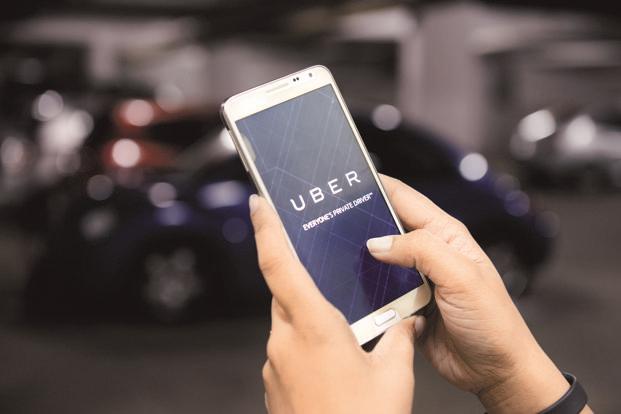Safety is a major concern these days and not just in day to day life but in every sector. Right from banks, to ATMs to mobile phones or similar mobile applications. There have been several measures taken by digital platforms to achieve this security level and the quest for attaining more is working its way through.
On the similar lines, travelling today, where millenials couldn’t care less about travelling via their own vehicles and when the culture of cab aggregators is reaching its peak everywhere around the world, Uber has decided to come up with a new security feature, among others, where it will send a 4-digit OTP verification code to the users, just like Ola does.
Uber Comes up With OTP before Ride
It has been come into light that just like its tough competitor Ola, Uber is testing a new feature that allows users to share a four digit code before starting a ride. The only difference here is that Uber will send the OTP code within the application instead of sending it in the SMS box.
As of now, this feature isn’t available to all users and it appears to be part of some beta testing. This four digit code-based verification appears in Uber’s Android app. It started when an Uber driver noticed a trip code appearing randomly for some riders.
The Intention behind this New Feature
This initiative by Uber is likely introduced to help reduce riders’ one of the biggest grievances, when Uber drivers start a ride without the passenger boarding. This latest feature comes in shortly after the company introduced a few safety features in India.
Some of those include a ‘Safety Helpline’ number, which is available 24/7. Uber riders can now directly call on this helpline number for any kind of problem they face during the whole ride process.
The application also has features such as emergency button, ride sharing and real-time location tracking. Through Safety Toolkit, Uber riders can share their rides with up to five contacts. Uber also recently launched the Ride Check feature that allows users to detect possible crash and other irregularities using GPS and sensors on driver’s phone.


